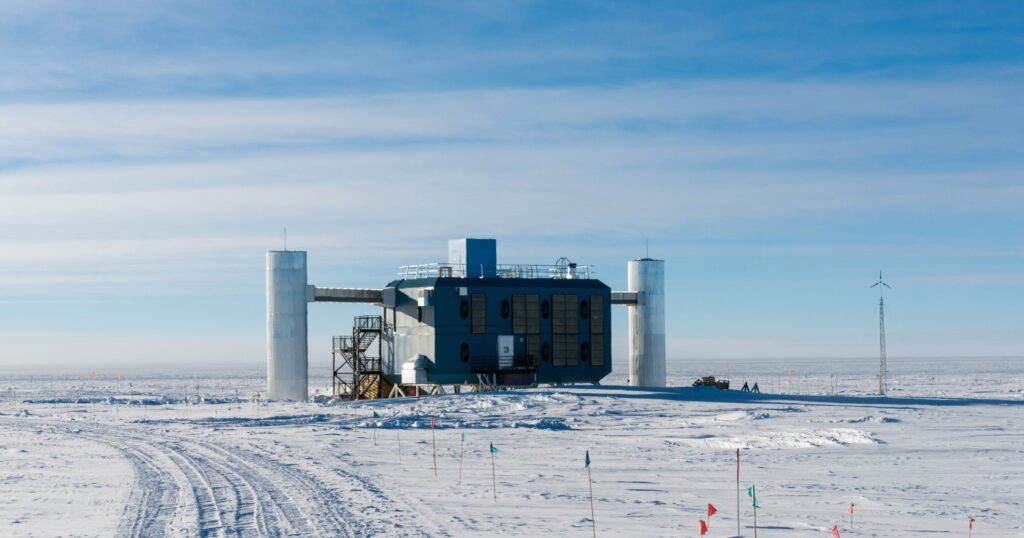
The origins of high-energy particles, including protons, electrons, and neutrinos, have puzzled scientists for decades. A research team from Tohoku University has undertaken a groundbreaking investigation to explore potential sources of these elusive particles, focusing specifically on a neutrino “multiplet.” This rare event, characterized by the detection of multiple high-energy neutrinos from a single direction within a short timeframe, was observed by the IceCube Neutrino Observatory, a sophisticated detector located deep in the Antarctic ice.
Systematic Search for Optical Counterparts
The research, led by graduate student Seiji Toshikage and professor Shigeo Kimura, aimed to identify optical counterparts to the neutrino multiplet. The hypothesis suggests that explosive transients, like supernovae and tidal disruption events (TDEs) caused by stars being torn apart by black holes, are responsible for generating these high-energy particles. Despite the compelling theory, this is the first rigorous attempt to validate it.
Utilizing wide-field optical data that aligned both spatially and temporally with the detected neutrinos, the team sought visible evidence of potential astrophysical sources. They meticulously combed through the data hoping to find indications of supernovae, TDEs, or other explosive phenomena.
Significant Findings from Non-Detection
In a surprising turn, the researchers did not find any optical counterparts corresponding to the neutrino event. This absence of evidence is paradoxically significant. By not identifying any transient sources, the team was able to impose stricter limits on the brightness and duration of potential explosive events that could generate neutrino multiplets.
“Although we didn’t find any transient sources this time, our results show that even non-detections can provide powerful insights,” said Toshikage.
This research narrows down the possibilities regarding the origins of the universe’s most energetic particles, marking a vital step in addressing one of astrophysics’ core challenges. The findings highlight how non-detective outcomes can refine existing models and inform future investigations.
Looking forward, the team plans to conduct rapid optical follow-up observations whenever new neutrino multiplets are reported by the IceCube collaboration. They anticipate that applying the analysis methods developed in this study will enhance their chances of pinpointing the astrophysical engines that produce high-energy particles across the cosmos.
The study, titled “The First Search for Astronomical Transient as a Counterpart of a Month-timescale IceCube Neutrino Multiplet Event,” was published in The Astrophysical Journal on October 23, 2025. The research team includes Nobuhiro Shimizu, Masaomi Tanaka, Shigeru Yoshida, Wataru Iwakiri, and Tomoki Morokuma.
As researchers continue to explore the cosmos, this study underscores the importance of comprehensive searches and the insights they can yield, even when the expected signals remain elusive.






